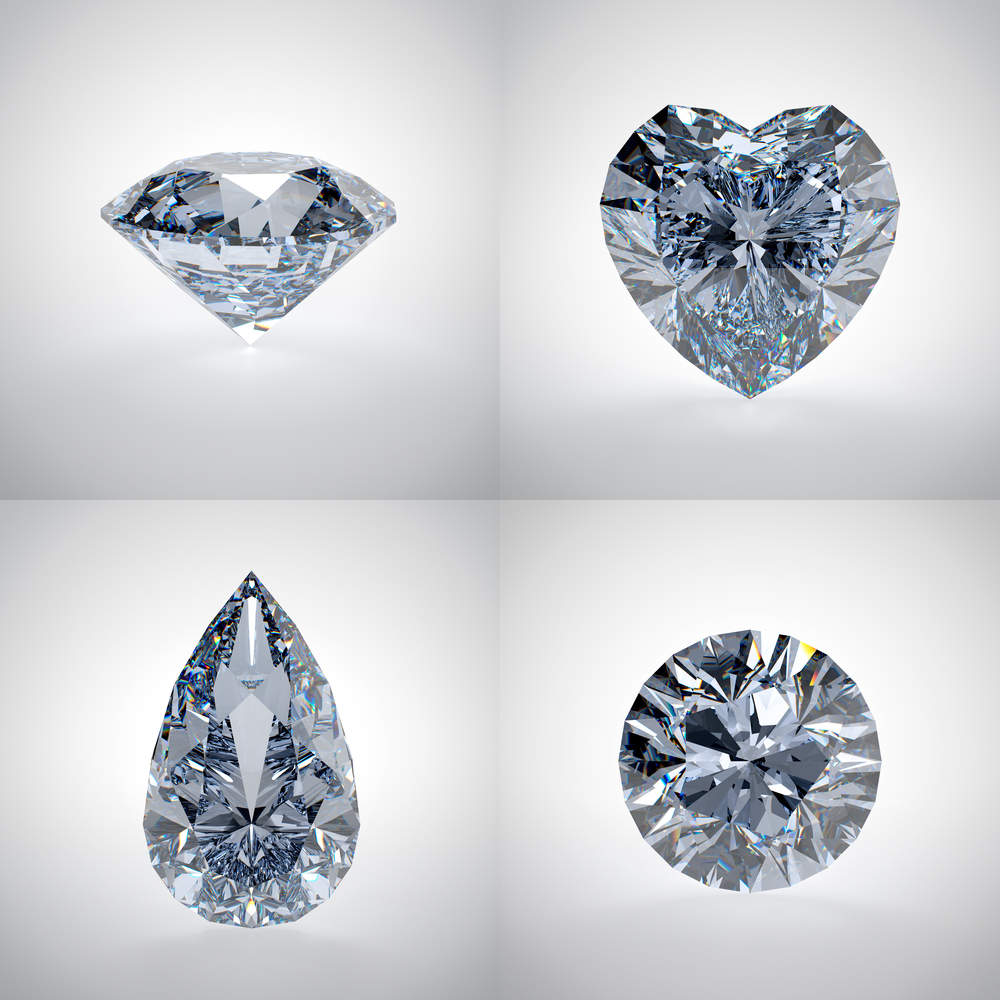
The Allure Of Colored Artificial Diamonds
Traditionally, when we think of diamonds, we envision sparkling white gems. However, the rising interest in colored diamonds has shifted this perspective. Colored artificial diamonds, also known as fancy colored diamonds, come in an array of captivating shades, including vivid blues, radiant pinks, and vibrant yellows. These stunning hues have piqued the curiosity of jewelry enthusiasts, sparking a new trend in the industry.
One of the primary reasons behind the trend of colored artificial diamonds is the sense of exclusivity they offer. Natural colored diamonds are exceptionally rare, making up only a minute fraction of all mined diamonds. In contrast, artificial diamonds can be produced in various colors with relative ease, making them more accessible to consumers who desire something unique and rare without the astronomical price tag.
The Technology Behind Colored Artificial Diamonds
Advanced technological procedures that mirror the conditions under which natural diamonds are formed deep under the Earth’s crust are used to produce colored artificial diamonds. The two main techniques used to create these diamonds in laboratories are chemical vapor deposition (CVD) and high-pressure, high-temperature (HPHT). In order to promote crystal formation, a diamond seed is subjected to high pressures and temperatures in HPHT, whereas in CVD, carbon atoms are deposited onto a substrate to create a diamond.
The beautiful colors of these lab-grown gems are caused by the addition of particular trace elements during the diamond-growing process. For instance, boron is in charge of creating blue diamonds, whereas nitrogen produces various shades of yellow. By precisely controlling the incorporation of these elements, scientists can achieve a dazzling spectrum of colors, making each colored artificial diamond truly unique.
Environmental And Ethical Considerations
The allure of colored artificial diamonds extends beyond their visual appeal. Unlike traditional mining practices for natural diamonds, the production of lab-grown diamonds has a significantly lower environmental impact. Diamond mining often leads to habitat destruction, soil erosion, and the consumption of large amounts of energy and water. Opting for colored artificial diamonds allows eco-conscious consumers to enjoy the beauty of diamonds without contributing to these destructive practices.
Another critical aspect of colored artificial diamonds is their ethical sourcing. Natural diamond mining has been associated with conflicts and human rights abuses in certain regions. Consumers concerned about the origin of their diamonds can rest assured that lab-grown diamonds are conflict-free, as they are created in controlled environments with strict regulations and oversight.
The Future Of Diamonds: Colored And Artificial
The increasing trend of colored artificial diamonds indicates a shift in consumer preferences and a desire for more personalized and sustainable luxury. As technology continues to evolve, we can expect even more stunning colors and innovative designs to emerge, further solidifying the place of colored artificial diamonds in the market
